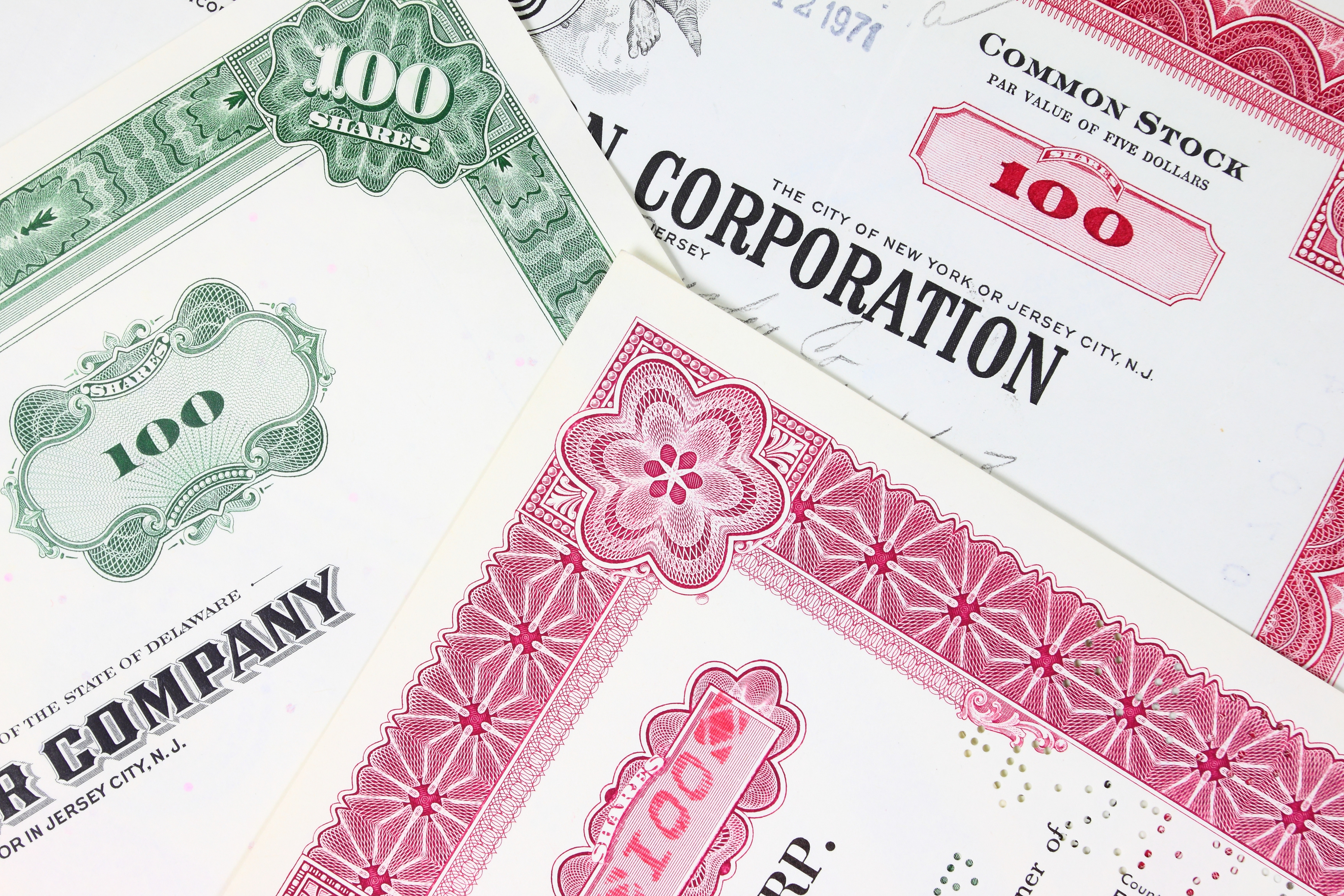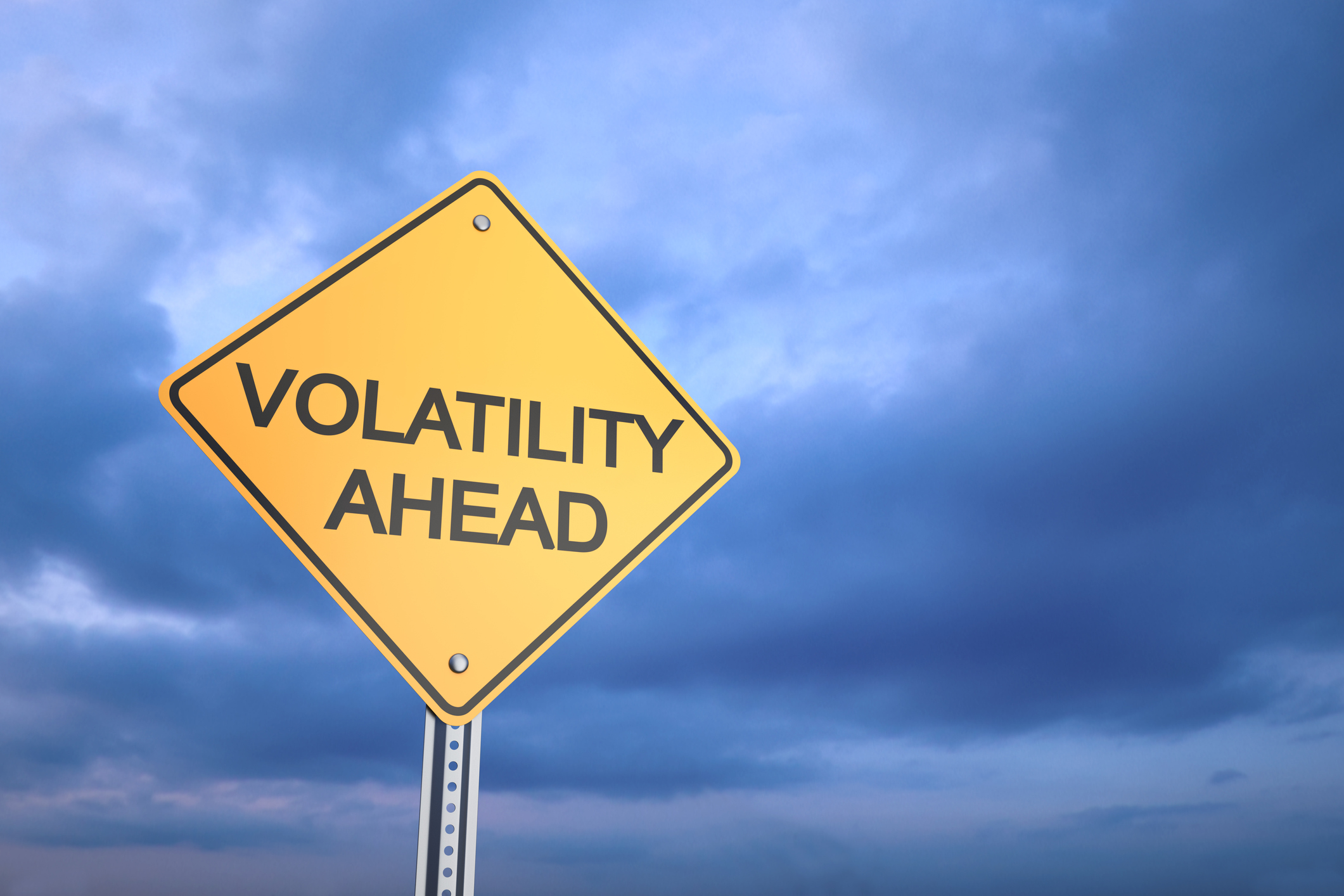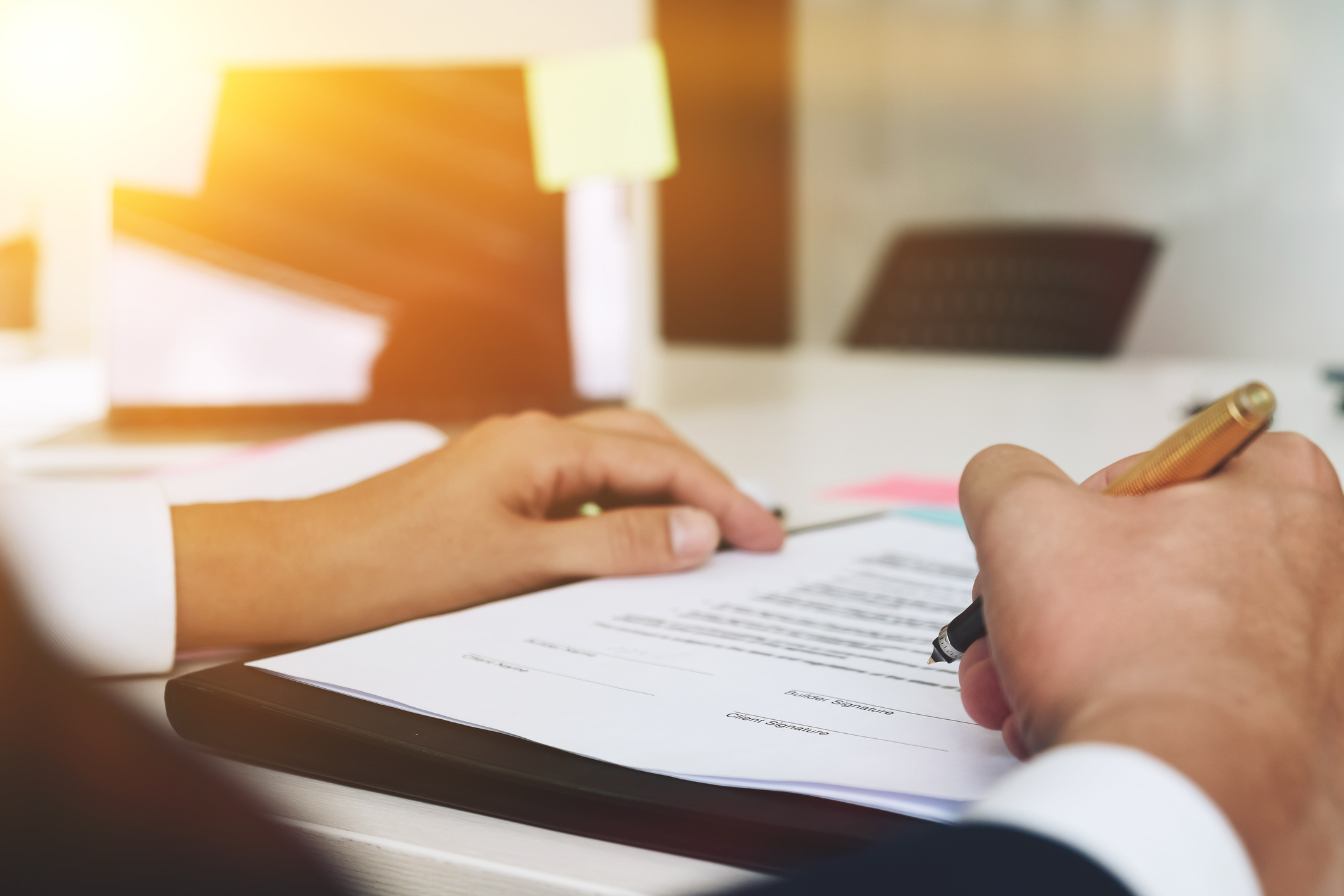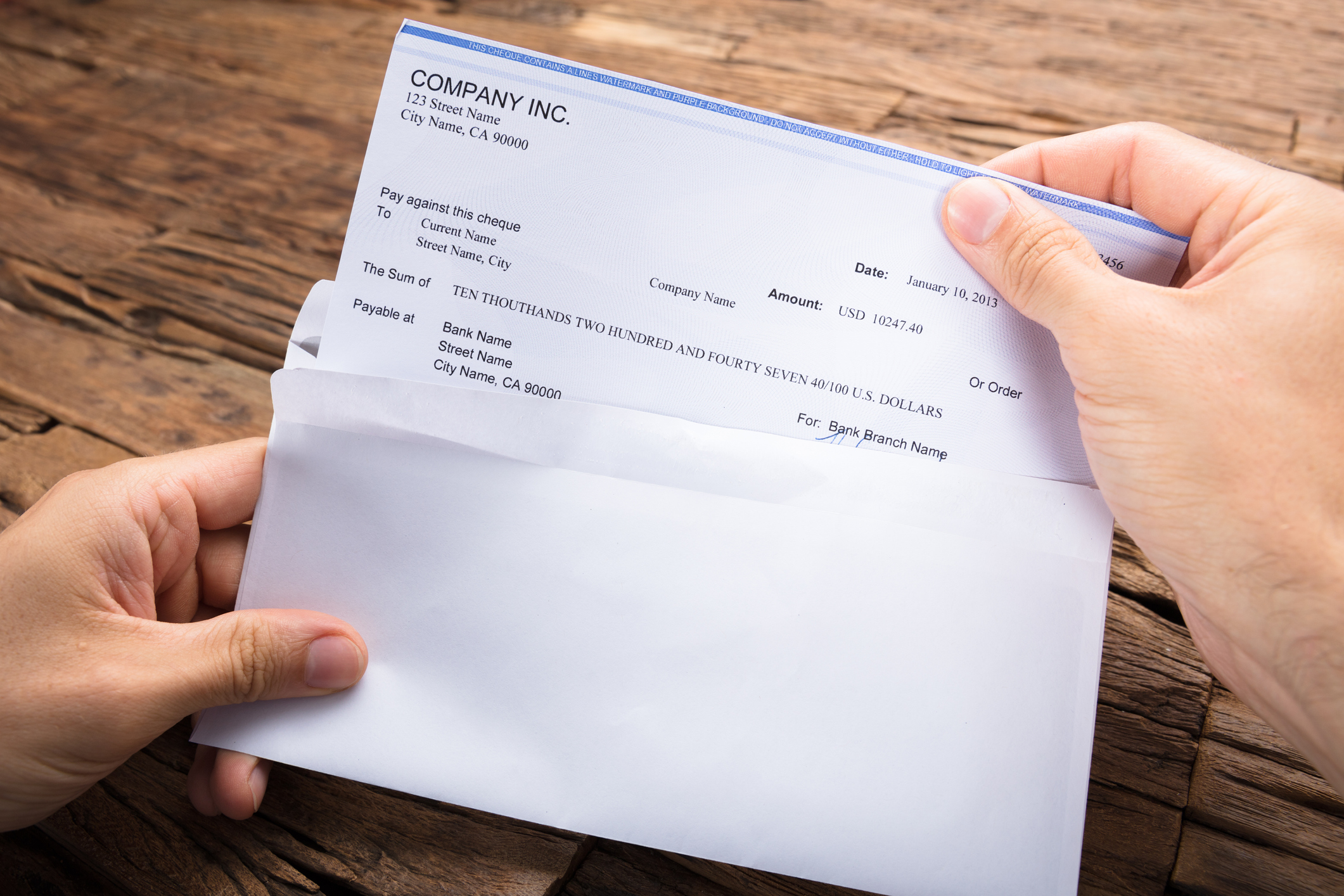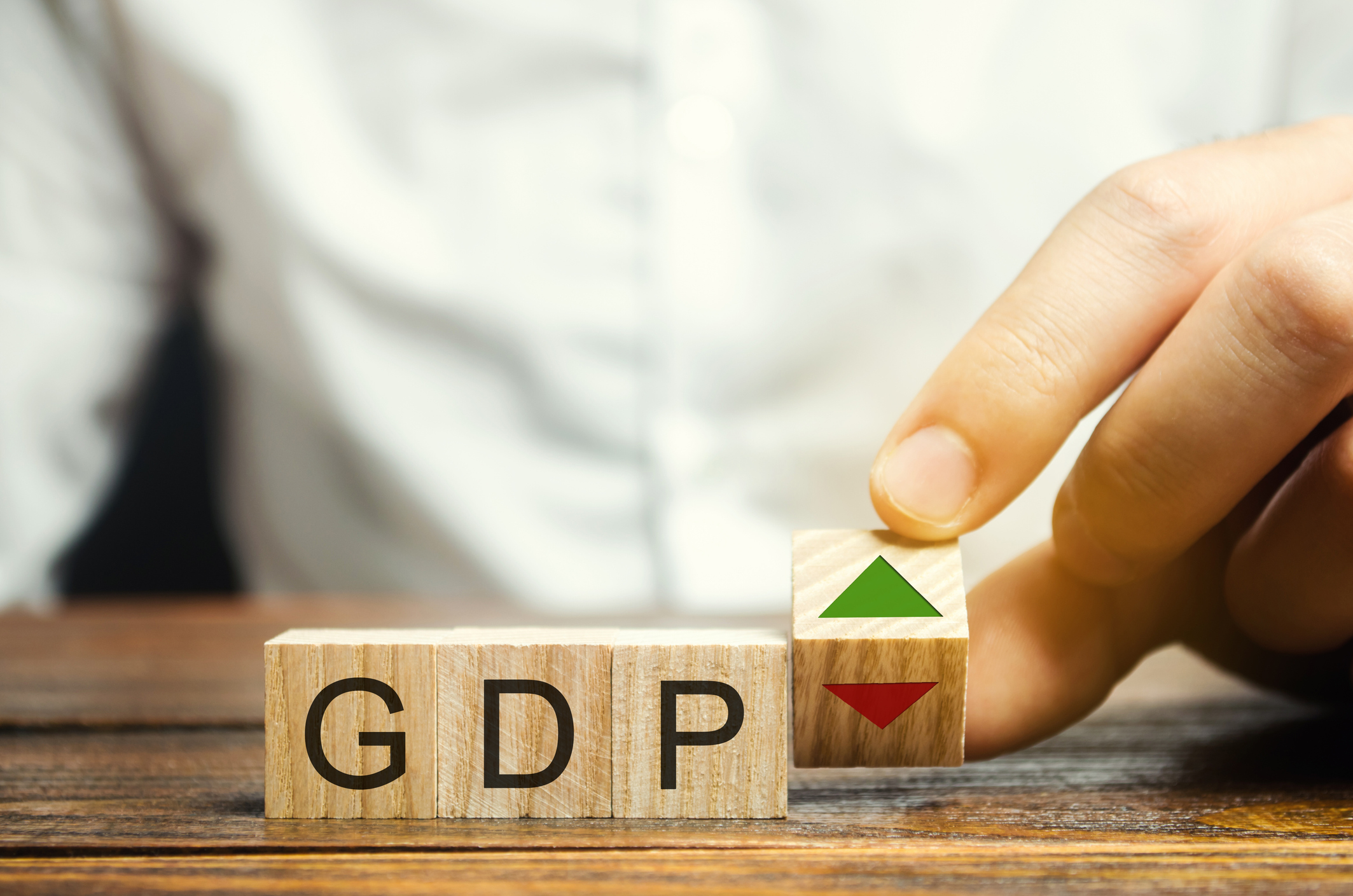Stockholders' equity is what's left when you take a company's assets and subtract its liabilities. Therefore, knowing the ending stockholders' equity balance for a particular time period gives you a good snapshot of where a company stands. If you know the basic metrics for how a company performed financially during the period, then you can calculate the ending stockholders' equity even if you don't have the latest balance sheet in front of you.

Accounting for changes to stockholders' equity
The starting point for calculating the ending stockholders' equity is to know what the stockholders' equity was at the beginning of the period. Typically, you can look at the most recently filed financial statements to get that beginning stockholders' equity balance.
From there, you have to account for every possible change that can occur with stockholders' equity. The most common adjustments include the following:
- Earnings of the company during the period will increase stockholders' equity.
- If the company loses money, then the loss will decrease stockholders' equity.
- Capital contributions from existing shareholders or proceeds from stock offerings to new investors during the period will increase stockholders' equity.
- Dividend payments to shareholders during the period will reduce stockholders' equity.
- Company repurchases of stock during the period will reduce stockholders' equity.
Other events that affect stockholders' equity
In addition, there are some other less common events that can affect stockholders' equity. For instance, if a distressed company is able to persuade bond investors to let it buy back bonds at a discount to their face value, then it will typically see an increase in stockholders' equity equal to the amount of the discount. If it pays $900 to redeem a $1,000 bond, then cash will fall by $900, but long-term debt will decline by $1,000, leaving stockholders' equity to rise by the difference of $100.
All in all, calculating the ending stockholders' equity is a relatively simple thing to do. Doing the work longhand will give you some additional insight into what's happening with the company and will also tell you exactly how it manages to grow or shrink its stockholders' equity over time.




